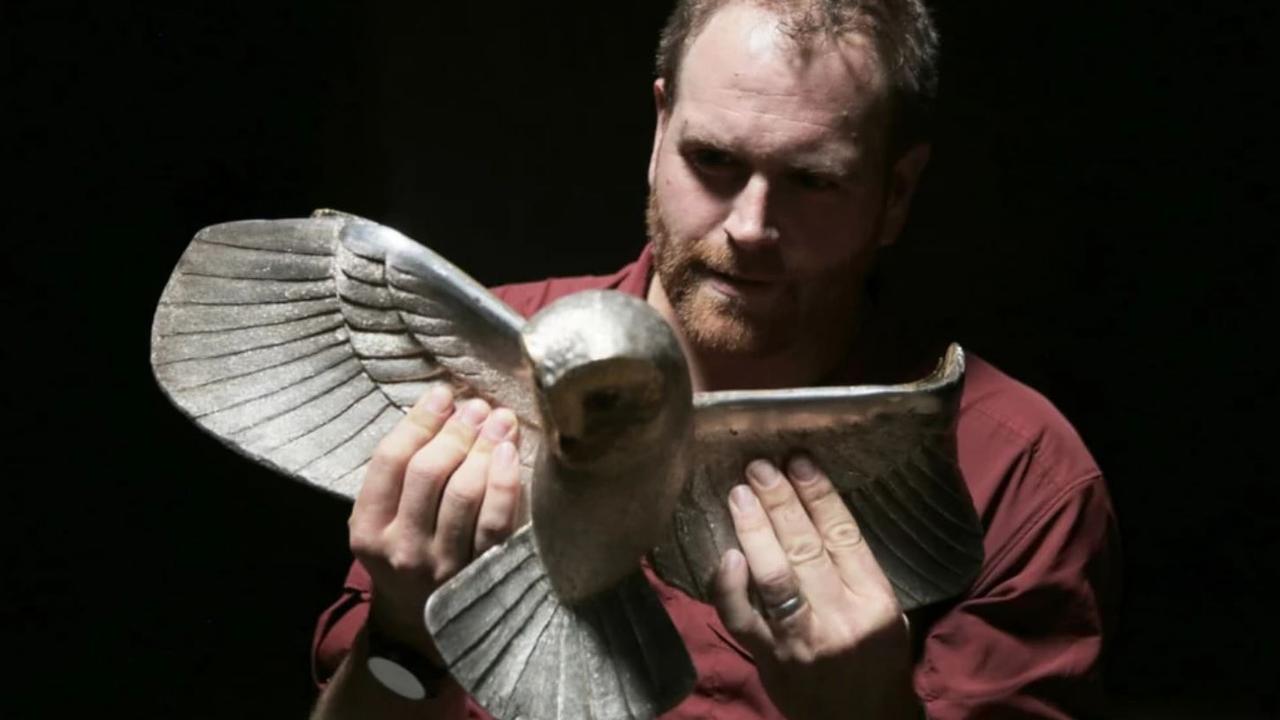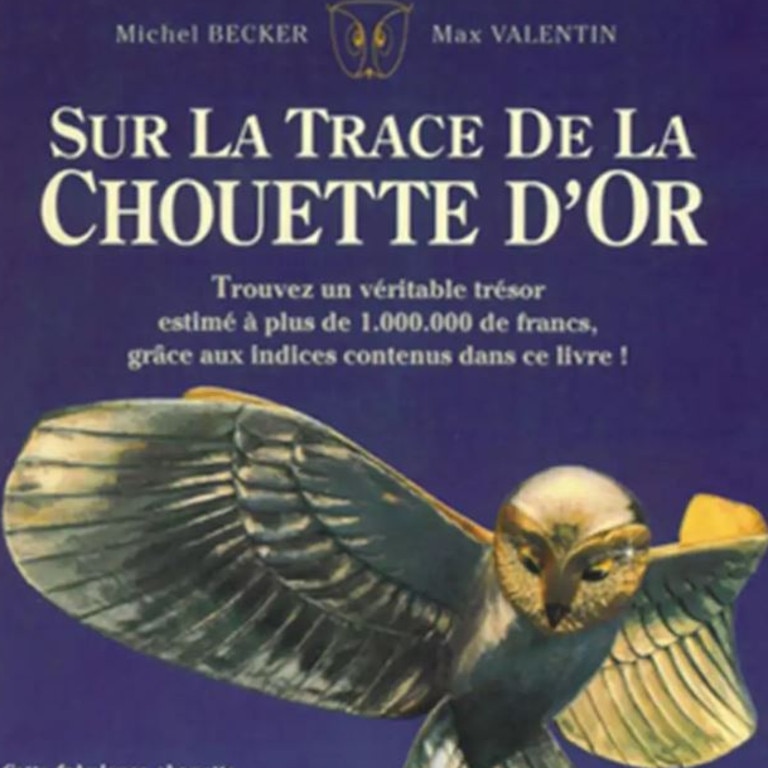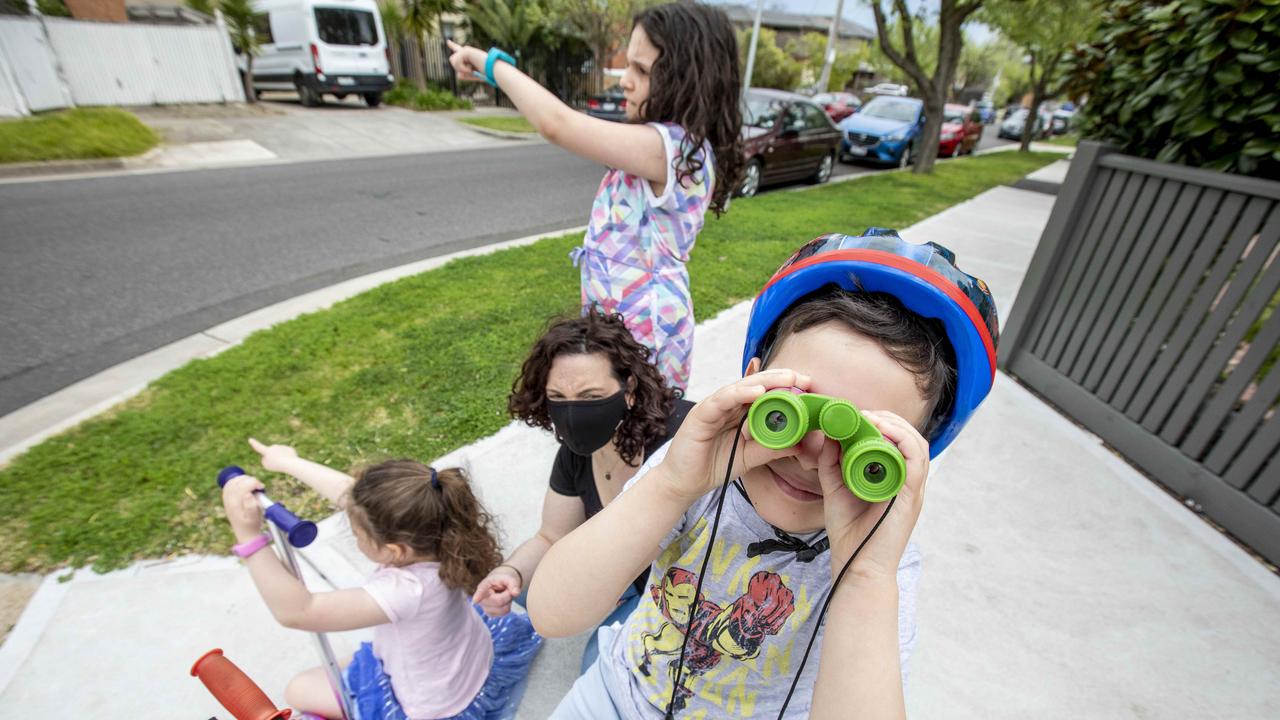‘Golden Owl’ treasure found after 30 year scavenger hunt
The world’s longest scavenger hunt has ended with the discovery of an elusive, extremely valuable golden owl, finally found three decades after the statue was first stashed in a top secret location

READING LEVEL: GREEN
The world’s longest treasure hunt has finally come to an end. The elusive* Golden Owl statue has been found after being buried in France for more than 30 years as part of an epic scavenger hunt.
The treasure, worth around $240,000, has fascinated hundreds of thousands of people for decades after a challenge to find it was first launched in a book called On the Trail of the Golden Owl, written in 1993 by Régis Hauser under the pseudonym* “Max Valentin” and illustrated by artist Michel Becker.
In the “armchair treasure hunt book*”, readers were challenged to solve a series of clues that would enable them to find the prize, which had been buried by Hauser in a secret location.
Readers tried to solve the mystery of the owl’s whereabouts for decades and it remained buried when Hauser died in 2009.
Becker took over the organisation of the hunt and sent searchers into a frenzy when he posted an announcement on October 3 that indicated it may have finally been found.
Two hours later he confirmed the treasure had been discovered.
“Don’t go digging! We confirm that the Golden Owl countermark* was unearthed last night.” Becker posted.
The official website of the treasure hunt was also updated with the news.
The legend of the mystery object grew over time because enthusiasts went to such extremes trying to find it.
There have been reports that the occasional marriage ended due to some scavengers’ single-minded devotion* to finding the owl, while others spent a fortune travelling to and across France to join the search.
At least one person even wound up in an asylum*.

Last year in a remote village in eastern France, a local mayor had to issue a desperate plea for hunters to stop digging holes around its chapel, the Telegraph reported in the UK.
Elsewhere, one hunter reportedly wanted to blow up a chapel because they thought there was a chance the treasure was underneath it. And another arrived at a bank with a jackhammer for the same reason.
Treasure-hunters cheered after the news of the discovery came out on the hunt’s Discord forum.
One person said: “Finally – liberated*!”
Another added: “I didn’t think I’d live to see the day.”
Fans are now eagerly waiting to find out exactly where the Golden Owl was hidden and who found it.
Becker sent another message on October 6 explaining the delay.
“Tons of emotions to manage for all those who are responsible for managing the end of this episode and complex logistics* to put in place,” he wrote.

WHAT IS THE GOLDEN OWL HUNT?
Fancy a scavenger hunt? The best treasure hunts are the ones that keep you guessing, and On The Trail Of the Golden Owl was certainly no exception. Fans took more than 30 years to crack the complicated series of clues and riddles before finally finding the treasure.
Here’s how the ultimate scavenger hunt worked.
On the Trail of the Golden Owl contained a series of clues for readers to work through.
Becker created 11 paintings that ran across double-spread* pages in the book, each of which had a riddle containing a title, text and a painting.
Each pair of pages was numbered with a wavelength* associated with its colours, and with an owl face.

Hauser used three specific techniques when giving clues:
- The use of maps. Readers had to do something with a map that revealed the final zone of the game, then use a precise map of that zone to find the cache*, or hidden place, that contained the owl.
- The existence of a “mega trick”. A mega trick was the key to using the sequence of eleven riddles to correctly locate the final zone.
- The existence of a final, hidden riddle completed the game. When a reader found this riddle in the final zone, he or she could use elements of the previous riddles to form and solve the last riddle. Solving the last riddle was necessary for readers to progress to the cache that contained the owl.
POLL
GLOSSARY
- elusive: hard to find or catch
- pseudonym: a fictitious or fake name
- armchair treasure hunt book: a book where the reader follows a series of clues or riddles, sometimes along with the characters of the story, to find a treasure
- countermark: an additional mark placed on something for extra security, like a second watermark
- one-minded devotion: only concerned with finding the treasure and not interested in anything else
- asylum: a hospital for people with mental illness
- liberated: freed
- complex logistics: difficult and complicated to organise
- double-spread: a picture that continues across two pages of a book
- wavelength: the distance between two successive points of a wave, including light and colour, with each colour having a different measurement of wavelength to one another
- cache: a hiding place
EXTRA READING
Freaky NT monster of the deep
Time-travelling adventurers set off
Second gold rush on Oz horizon
QUICK QUIZ
1. When was the golden owl treasure hidden?
2. What is the name of the author who came up with the scavenger hunt?
3. Who took over the organisation of the hunt when the author died in 2009?
4. How many riddles did readers have to solve before getting to the final riddle that revealed where the owl was hidden?
5. How much money is the treasure worth?
LISTEN TO THIS STORY
CLASSROOM ACTIVITIES
1. Epic scavenger hunt
Wow, what a treasure hunt to span 30 years! Work with a classmate and design your own school scavenger hunt as a fundraiser for a charity of your choice. Once you design your scavenger hunt, you could charge an entry fee as a donation with the proceeds going towards your charity.
Take some inspiration from The Trail of the Golden Owl hunt on how to devise some complicated and intricate clues. You could write some riddles for kids to solve, to find the next clue or letter. At the end they need to use all the clues to solve the final clue as to where the final prize is hidden. The prize should be something that appeals to kids, a gift card or some sort of toy, etc.
Write a plan for your scavenger hunt including the following details;
- Name of scavenger hunt
- Entry fee charged
- Prize given
- Types of clues
- How many clues
- Charity of choice
- When you could run hunt
- Where you would hide clues
Now work on the first three clues to start your scavenger hunt:
1.
2.
3.
Time: allow 40 minutes to complete this activity
Curriculum Links: English, Personal and Social, Critical and Creative Thinking
2. Extension
This 30 year hunt to find the Golden Owl statue, has led to some not so nice life circumstances for some devoted followers. This includes the passing of the author of the book itself, marriage breakdowns, mental health issues and people threatening to blow up places!
What could the author and creator of this hunt have put in place to decrease some of the negative outcomes of his scavenger hunt?
–
–
–
What would be some of the positives coming out of the hunt for the Golden Owl?
–
–
–
Time: allow 15 minutes to complete this activity
Curriculum Links: English, Personal and Social, Critical and Creative Thinking
VCOP ACTIVITY
Wow word recycle
There are plenty of wow words (ambitious pieces of vocabulary) being used in the article. Some are in the glossary, but there might be extra ones from the article that you think are exceptional as well.
Identify all the words in the article that you think are not common words, and particularly good choices for the writer to have chosen.
Select three words you have highlighted to recycle into your own sentences.
If any of the words you identified are not in the glossary, write up your own glossary for them.
Extension
Find a bland sentence from the article to up-level. Can you add more detail and description? Can you replace any base words with more specific synonyms?
Down-level for a younger audience. Find a sentence in the article that is high level. Now rewrite it for a younger audience so they can understand the words without using the glossary.

